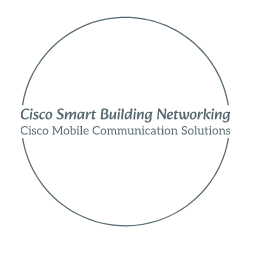“Do I Know This Already?” Quiz–Cisco Managing Networks
Take the quiz (either here or use the PTP software) if you want to use the score to help you decide how much time to spend on this chapter. Appendix A, “Answers to the ‘Do I Know This Already?’ Quizzes,” found at the end of the book, includes both the answers and explanations. You can also find answers in the PTP testing software.
Table 21-1 “Do I Know This Already?” Foundation Topics Section-to-Question Mapping
Caution
The goal of self-assessment is to gauge your mastery of the topics in this chapter. If you do not know the answer to a question or are only partially sure of the answer, you should mark that question as wrong for purposes of the self-assessment.
Giving yourself credit for an answer you incorrectly guess skews your self-assessment results and might provide you with a false sense of security.
1. Network descriptions should never include the following:
a. The intent behind each configuration choice
b. The device naming system
c. Where each cable terminates
d. How to find the source code used in network automation
2. Why is flexible network design important?
a. Because network hardware has a very short lifecycle and needs to be replaced regularly
b. Because new features constantly need to be integrated into the network
c. Because you can never really gather all the requirements nor anticipate all future requirements
d. It is critical for the ROI of an organization
3. What should you always include in a change management plan?
a. A backout plan in case the change fails
b. The intent behind each configuration change
c. The MTBF of each piece of hardware included in the change
d. A mission statement
a. The gap between current hardware and the hardware currently in use
b. Old software that is no longer supported or maintained by the vendor
c. The gap between how a system really works and how the operator thinks it works
d. Old hardware that is no longer supported or maintained by the vendor
5. Do long MTBF ratings guarantee network resilience?
a. Yes, because as long as the hardware does not fail, the network will not fail
b. Yes, because MTBF is a direct measure of resilience
c. No, because the MTBF can be offset by the law of large numbers
d. No, because the MTBF is often measured in a lab and does not represent real-world use
6. Some operators prefer out-of-band management because
a. Out-of-band management continues working when the network itself fails.
b. Out-of-band management requires less hardware than in-band management.
c. Out-of-band management produces more accurate information about the network than in-band management.
d. Out-of-band management is easier to implement than in-band management.
7. What is the best or most secure way to connect to a router or switch remotely?
a. Console port
b. Telnet
c. SSH
d. SNMP
8. Why do most operators prefer NETCONF/YANG over SNMP management interfaces?
a. Because NETCONF/YANG provides more information than SNMP
b. Because NETCONF/YANG is more secure than SNMP
c. Because vendors more widely implement NETCONF/YANG
d. Because SNMP is an older technology
9. What is one disadvantage of cloud-based management systems?
a. They are not as feature-rich as locally configured and operated management systems
b. They will always be more expensive than locally configured and operated management systems
c. They may lock the operator into a single vendor’s solutions
d. They require a lot of bandwidth from the operator’s network to the cloud
